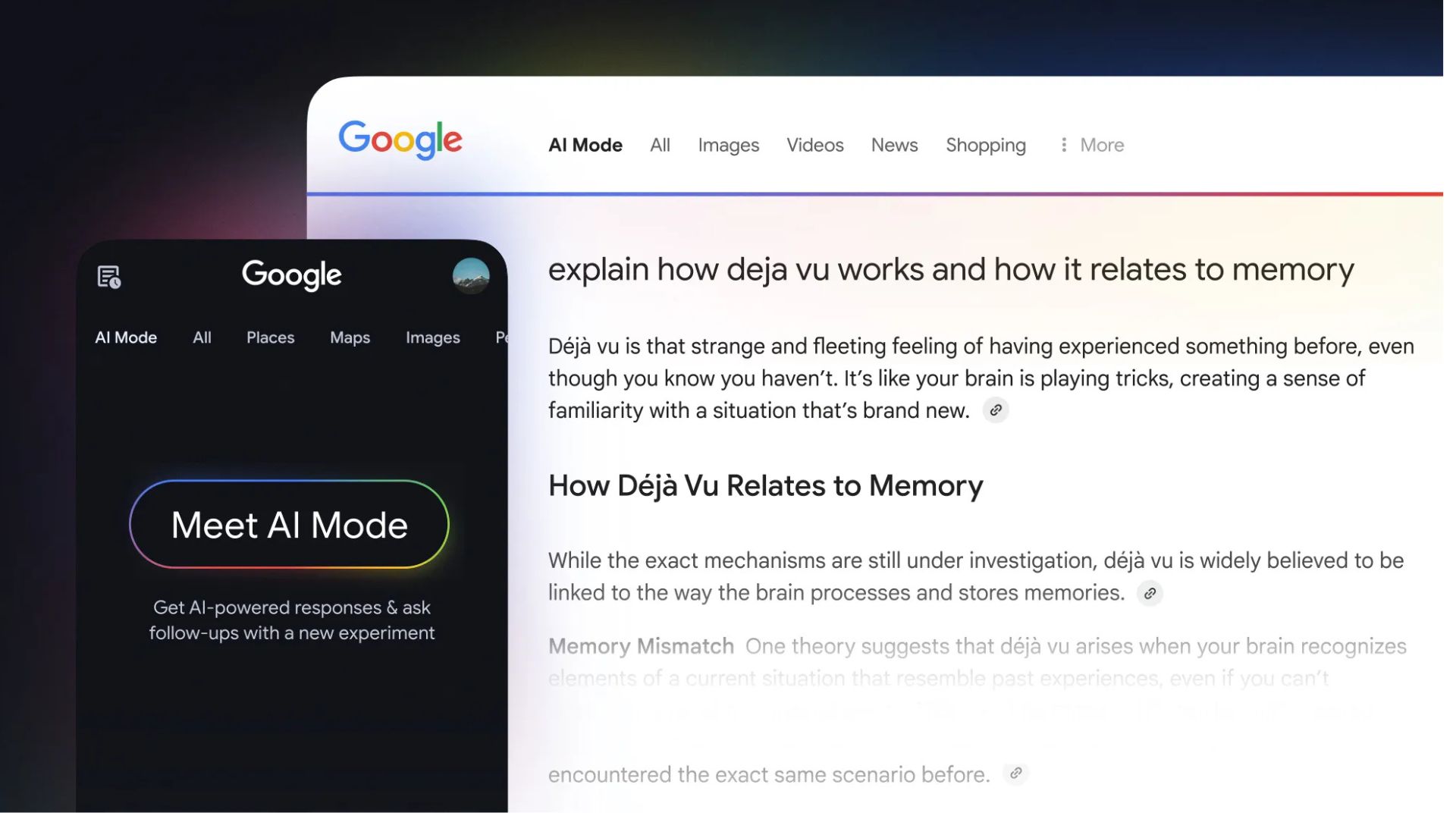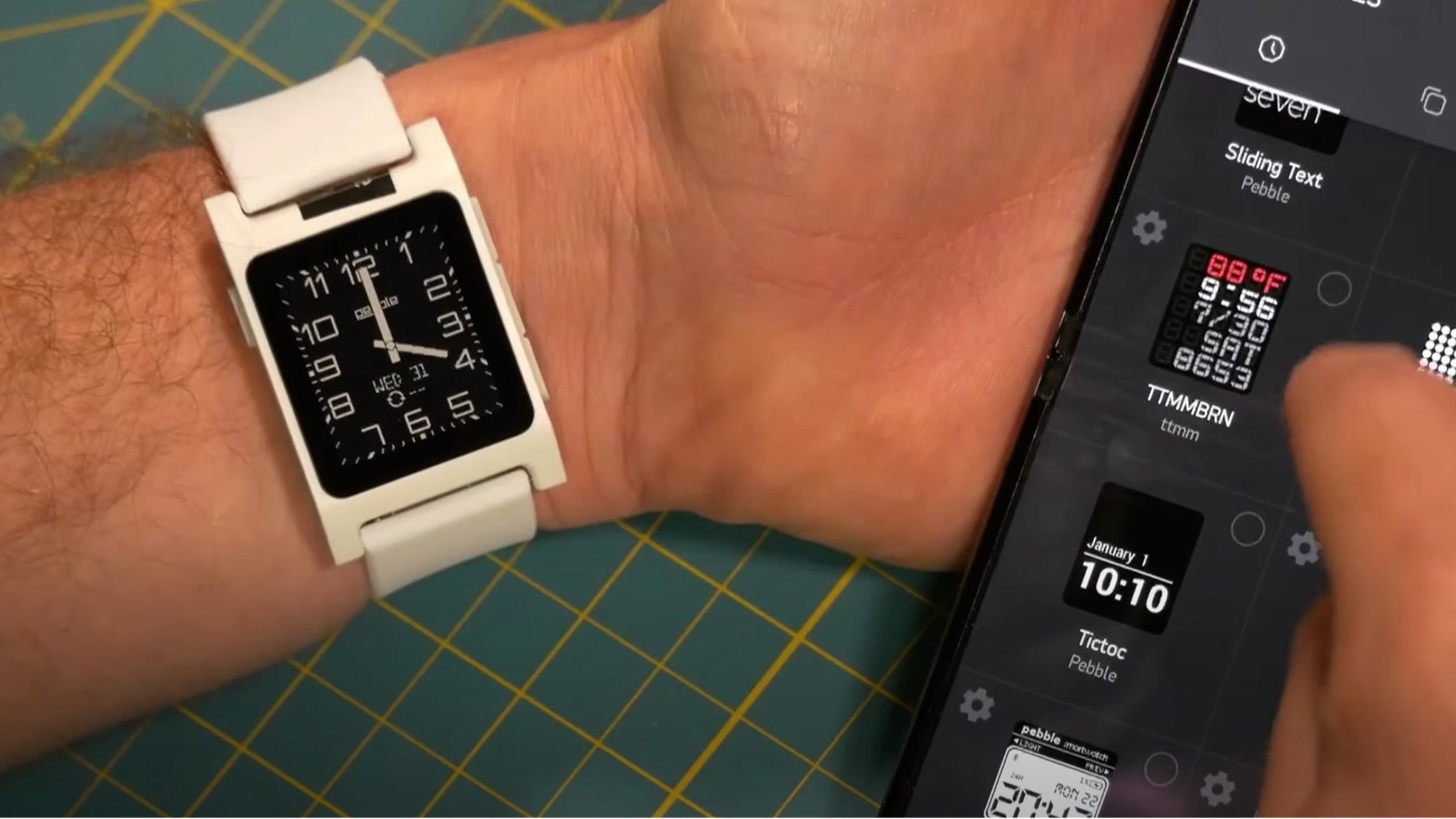How to Handle Student Attendance with PHP Radio Buttons?
Introduction Tracking student attendance in a PHP project can be a challenging yet rewarding experience. In this article, I'll help you structure radio button inputs for marking attendance and handle the form submission effectively to store the attendance status in your database. We'll walk through the steps for creating a table with student names, the radio buttons for marking attendance, and processing the form submission using PHP. Structuring the Radio Buttons Let's start by ensuring that our radio button inputs are correctly structured within the HTML table for your attendance system. Each student needs a unique input field for their attendance status. To achieve this, we'll use the student's ID to differentiate each radio button. Here’s how the modified HTML code structure looks:

Introduction
Tracking student attendance in a PHP project can be a challenging yet rewarding experience. In this article, I'll help you structure radio button inputs for marking attendance and handle the form submission effectively to store the attendance status in your database. We'll walk through the steps for creating a table with student names, the radio buttons for marking attendance, and processing the form submission using PHP.
Structuring the Radio Buttons
Let's start by ensuring that our radio button inputs are correctly structured within the HTML table for your attendance system. Each student needs a unique input field for their attendance status. To achieve this, we'll use the student's ID to differentiate each radio button. Here’s how the modified HTML code structure looks:
This structure ensures that each student's attendance status is sent as an associative array when the form is submitted, where the key is the studentId and the value is either "present" or "absent".
Handling Form Submission in PHP
After you have your HTML form ready, the next step is to handle the form submission. Here’s how you can process the attendance data and insert it into your database:
Step 1: Create a Form
First, wrap your table in a tag, and set the method to POST:
Step 2: Process the Submitted Data
In the submit_attendance.php file, you can process the submitted attendance data. Here’s the complete PHP code to do that:
if ($_SERVER['REQUEST_METHOD'] === 'POST') {
// Connect to the Database
$conn = new mysqli('host', 'username', 'password', 'database');
if ($conn->connect_error) {
die('Connection failed: ' . $conn->connect_error);
}
// Teacher ID (this could be derived from session or fixed)
$teacherId = 1; // Replace with actual teacher ID
// Current date
$date = date('Y-m-d');
// Loop through each student's attendance status
foreach ($_POST['attendance'] as $studentId => $status) {
// Prepare the SQL statement to prevent SQL injection
$stmt = $conn->prepare("INSERT INTO attendance (student_id, teacher_id, status, date) VALUES (?, ?, ?, ?)");
$stmt->bind_param('iiss', $studentId, $teacherId, $status, $date);
$stmt->execute();
}
echo 'Attendance recorded successfully!';
$stmt->close();
$conn->close();
}
Explanation of the PHP Code
- Database Connection: We connect to the MySQL database using MySQLi.
- Teacher ID and Date: These values are set for each record. Ensure you replace the hardcoded teacher ID as necessary.
-
Loop Through Attendance: Using
foreach, we loop through the associative array$_POST['attendance']to get each student's ID and their corresponding attendance status. -
SQL Preparation: We prepare the SQL statement and bind the parameters safely using
bind_param, which helps prevent SQL injection. - Execution and Confirmation: Finally, we execute the statement and confirm that the attendance has been recorded successfully.
Frequently Asked Questions
1. How do I ensure that only one radio button is selected per student?
Each radio button for a student shares the same name attribute but has different value attributes, ensuring that only one option can be selected at a time.
2. Can I track attendance for multiple classes at once?
Yes, you can modify the form structure and handle multiple class-based submissions by adding class identifiers to student input names and processing accordingly in your PHP script.
3. What if a student is absent and needs a reason recorded?
You can add a text input next to the Absent radio button to collect a reason for absence and modify your PHP logic to store that information.
Conclusion
In this article, we covered how to structure radio buttons for marking attendance in a PHP project and how to process those inputs to store each student's attendance status in a database. By following the structured approach and reviewed code examples, you can successfully implement this feature in your PHP application.






































































































































































![[The AI Show Episode 145]: OpenAI Releases o3 and o4-mini, AI Is Causing “Quiet Layoffs,” Executive Order on Youth AI Education & GPT-4o’s Controversial Update](https://www.marketingaiinstitute.com/hubfs/ep%20145%20cover.png)









































































































































































































































































_Inge_Johnsson-Alamy.jpg?width=1280&auto=webp&quality=80&disable=upscale#)















































































































![Under-Display Face ID Coming to iPhone 18 Pro and Pro Max [Rumor]](https://www.iclarified.com/images/news/97215/97215/97215-640.jpg)
![New Powerbeats Pro 2 Wireless Earbuds On Sale for $199.95 [Lowest Price Ever]](https://www.iclarified.com/images/news/97217/97217/97217-640.jpg)
![Alleged iPhone 17-19 Roadmap Leaked: Foldables and Spring Launches Ahead [Kuo]](https://www.iclarified.com/images/news/97214/97214/97214-640.jpg)





































































































